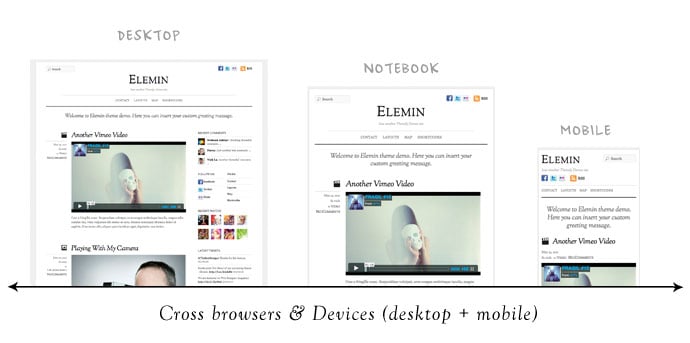

Open fun setColumnCount(columnCount: Int): Unit 3. Open fun setRowCount(rowCount: Int): Unit The position of the component is based on its orientation, rowCount, and columnCount properties.Įxample: open fun setOrientation(orientation: Int): Unit

If the element doesn’t specify where it needs to be present, then the GridLayout automatically assigns its position. To do so, you can use the rowSpec and columnSpec layout parameters. Using the row and column specs, you can specify how rows and columns are required and how the elements should be oriented. So in the above code, we have added four child elements in your GridLayout. Below is an example that shows you how you can add child elements in a GridLayout. The child elements can be any view element, such as Buttons, ImageViews, TextViews, etc. Now let’s see how you can add several child elements in your GridLayout.

Let’s see how you can create a GridLayout in Android. Similarly, if you wish to display elements and views in rows and columns, you use the GridLayout. Suppose you need to display the elements linearly, whether horizontally or vertically you can use LinearLayout. Some of the most commonly used layouts are LinearLayout, Constraint Layout, RelativeLayout, and GridLayout. Keeping you updated with latest technology trends, Join TechVidvan on Telegram About GridLayoutĪndroid provides you with a feature to style your app screens using various types of layouts.


 0 kommentar(er)
0 kommentar(er)
